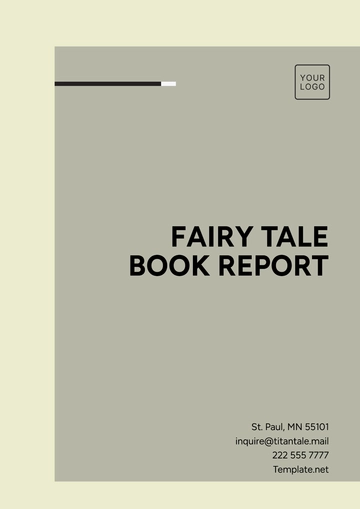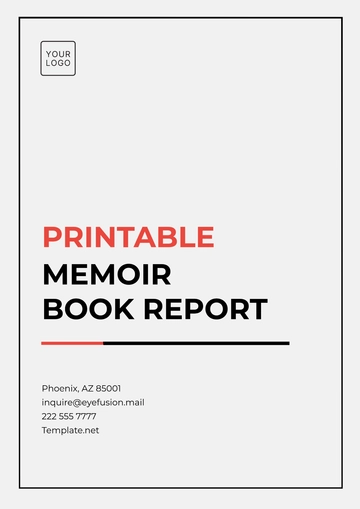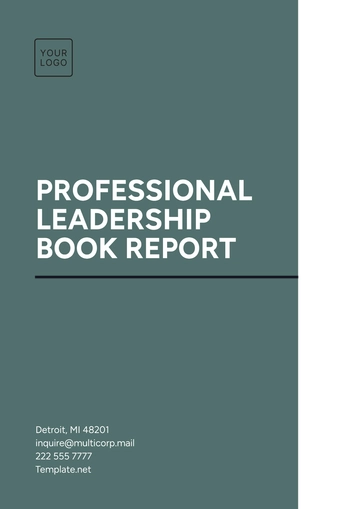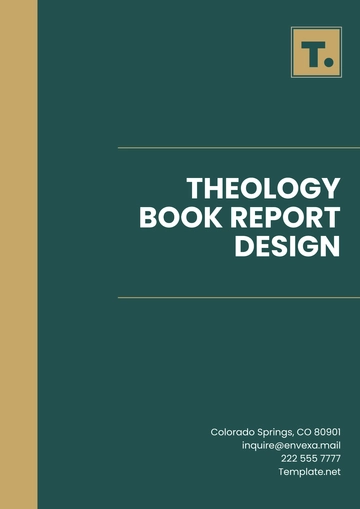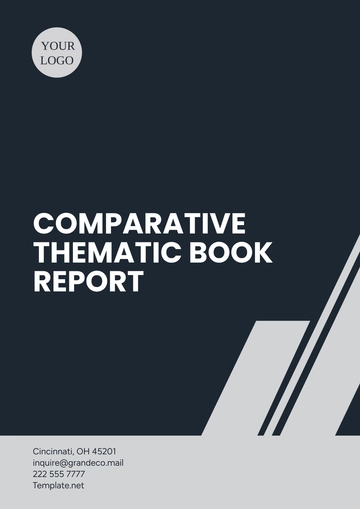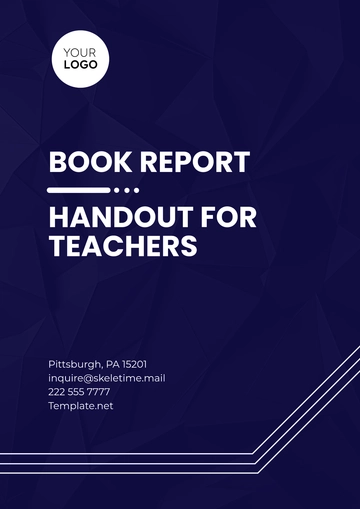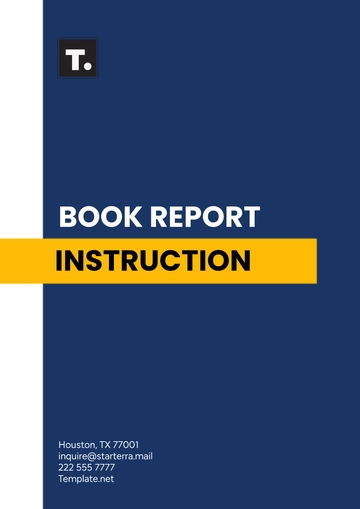Free Book Reports Newspaper Article

Prepared by: [YOUR NAME]
Date: [DATE]
Abstract
The Book Reports Newspaper Article Template is a structured and creative format designed to help students or readers present their book reports in the style of a newspaper article. This template encourages critical thinking, summarization, and creative expression by having users highlight key aspects of the book, such as the plot, characters, themes, and personal reflections, in a journalistic format. By simulating the creation of a newspaper article, the template not only makes the task of writing a book report more engaging but also helps develop skills in writing, analysis, and synthesis of information.
Introduction
Harper Lee’s To Kill a Mockingbird is more than just a novel; it’s a profound exploration of morality, justice, and the human condition set against the backdrop of a racially divided American South in the 1930s. Through the eyes of young Scout Finch, readers are taken on a journey that exposes the harsh realities of prejudice and the complexities of moral integrity. As her father, Atticus Finch, defends a Black man falsely accused of a heinous crime, Scout’s world of childhood innocence is shattered, forcing her to confront the ugly truths of her community. To Kill a Mockingbird remains a powerful commentary on the struggles between good and evil, justice and inequality, making it a timeless piece of American literature.
Lead Paragraph
In a small Southern town during the 1930s, the lines between justice and prejudice blur in To Kill a Mockingbird, Harper Lee's timeless novel that confronts the deep-rooted racism and moral complexities of American society. As a young girl witnesses the unraveling of her community's moral fabric, readers are invited to reflect on the enduring challenges of upholding justice in the face of bigotry and hate.
Summary
To Kill a Mockingbird unfolds in the sleepy town of Maycomb, Alabama, where Scout Finch and her brother Jem grow up under the watchful eye of their father, Atticus Finch, a lawyer tasked with defending Tom Robinson, a Black man falsely accused of raping a white woman. The story explores the children's journey from innocence to awareness as they witness the harsh realities of racism and injustice. Alongside their friend Dill, Scout and Jem grapple with their evolving understanding of right and wrong, while Atticus stands as a beacon of moral integrity, even as the town turns against him.
Analysis
Harper Lee masterfully weaves together themes of racial injustice, moral growth, and the loss of innocence, using the trial of Tom Robinson as the central symbol of the deep-seated racism in the South. The novel also explores the idea of empathy and understanding, as Atticus teaches his children to "climb into another person's skin and walk around in it." Through the symbolic figure of the mockingbird, Lee highlights the destruction of innocence by evil, with characters like Tom Robinson and Boo Radley representing the victims of societal prejudice.
Character Profiles
Scout Finch: The novel’s young narrator, Scout is curious, intelligent, and increasingly aware of the complexities of the adult world as she grows up in a racially divided town.
Atticus Finch: A lawyer and the moral backbone of the novel, Atticus embodies justice and integrity, standing firm in his defense of Tom Robinson despite the town’s scorn.
Jem Finch: Scout’s older brother, Jem is deeply affected by the injustices he witnesses, marking his transition from childhood innocence to a more mature understanding of the world.
Tom Robinson: The Black man accused of raping Mayella Ewell, Tom symbolizes the mockingbird—an innocent destroyed by the cruelty of others.
Boo Radley: A reclusive neighbor who becomes a figure of fascination for the children, Boo ultimately reveals himself as a misunderstood protector, challenging the town's preconceived notions.
Quotations
“You never really understand a person until you consider things from his point of view… Until you climb into his skin and walk around in it.”
Atticus imparts this lesson to Scout, emphasizing the importance of empathy and understanding, a central theme of the novel.
“The one thing that doesn’t abide by majority rule is a person’s conscience.”
Atticus reflects on the difficulty of doing what is right, even when it goes against popular opinion, highlighting the novel's exploration of moral courage.
“Mockingbirds don’t do one thing but make music for us to enjoy… but sing their hearts out for us. That’s why it’s a sin to kill a mockingbird.”
This quote introduces the symbolism of the mockingbird as an innocent being destroyed by evil, a key motif in the novel.
Conclusion
To Kill a Mockingbird remains a poignant and powerful examination of the moral dilemmas that arise in the face of injustice. Harper Lee's exploration of racism, empathy, and moral integrity continues to resonate with readers, offering timeless lessons on the importance of standing up for what is right, even in the face of overwhelming opposition. As relevant today as it was when it was first published, the novel challenges us to reflect on our societal values and the progress we have yet to make.
- 100% Customizable, free editor
- Access 1 Million+ Templates, photo’s & graphics
- Download or share as a template
- Click and replace photos, graphics, text, backgrounds
- Resize, crop, AI write & more
- Access advanced editor
Unlock the power of creativity with Template.net's Book Reports Newspaper Article Template. Fully customizable and editable, this template allows you to craft captivating book report articles effortlessly. Plus, it's editable in our AI Editor too, making it even easier to personalize and create the perfect report for any assignment.


